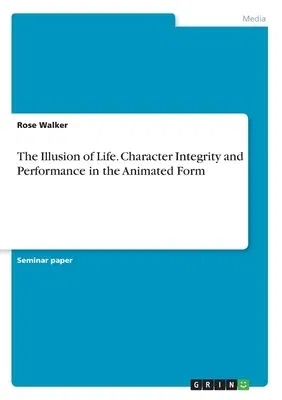Rose Walker
(Author)The Illusion of Life. Character Integrity and Performance in the Animated FormPaperback, 4 June 2020

Qty
1
Turbo
Ships in 2 - 3 days
In Stock
Free Delivery
Cash on Delivery
15 Days
Free Returns
Secure Checkout
Print Length
84 pages
Language
English
Publisher
Grin Verlag
Date Published
4 Jun 2020
ISBN-10
3346139549
ISBN-13
9783346139542
Description
Product Details
Author:
Book Format:
Paperback
Country of Origin:
US
Date Published:
4 June 2020
Dimensions:
21.01 x
14.81 x
0.51 cm
ISBN-10:
3346139549
ISBN-13:
9783346139542
Language:
English
Pages:
84
Publisher:
Weight:
122.47 gm

